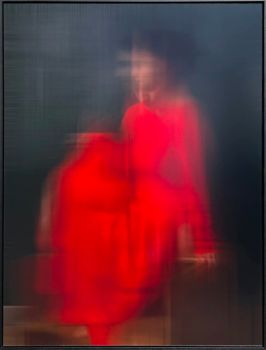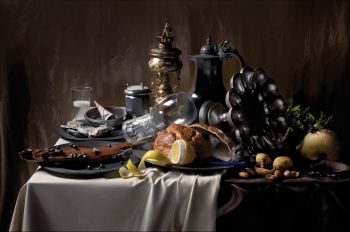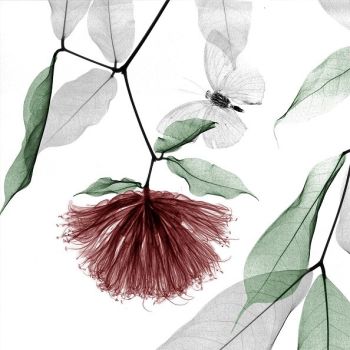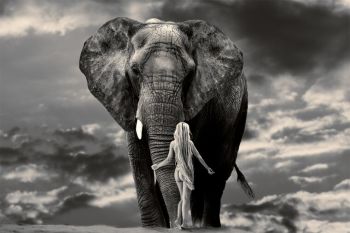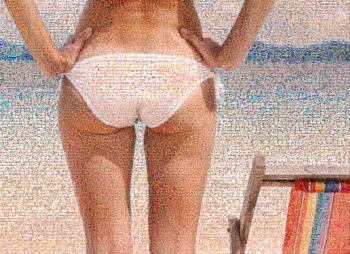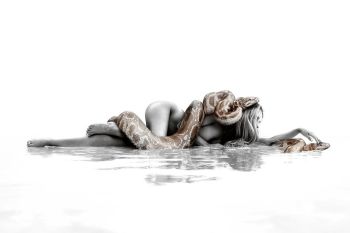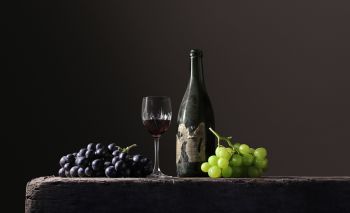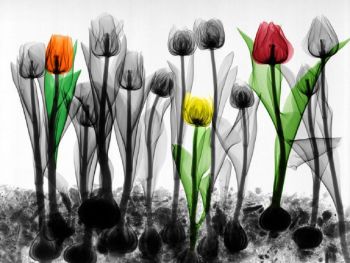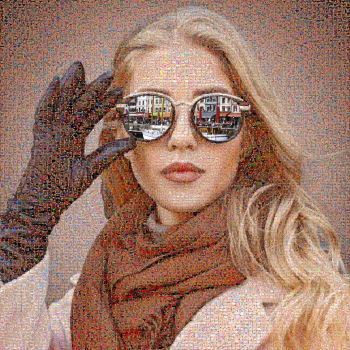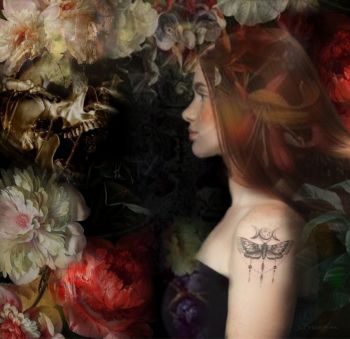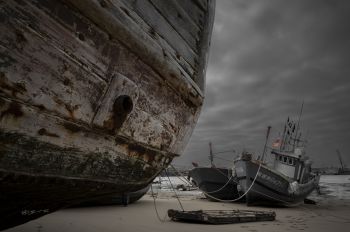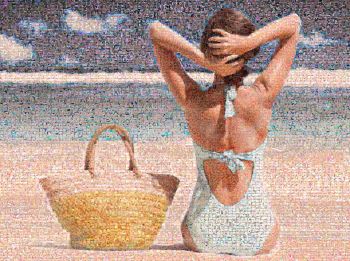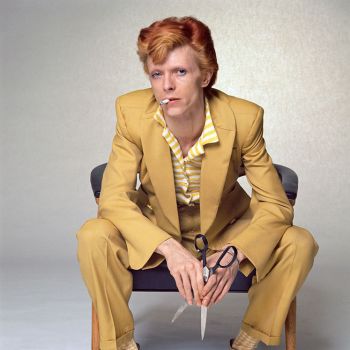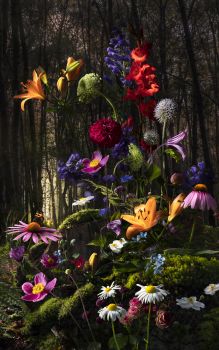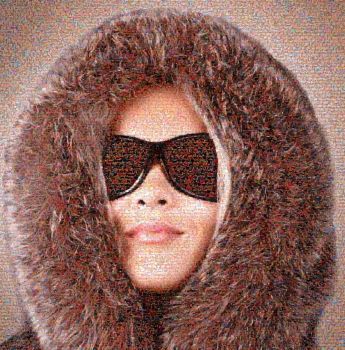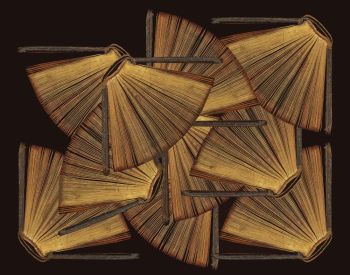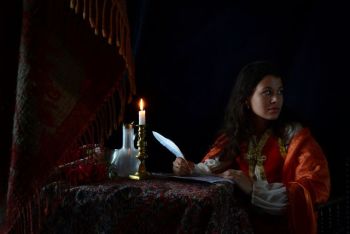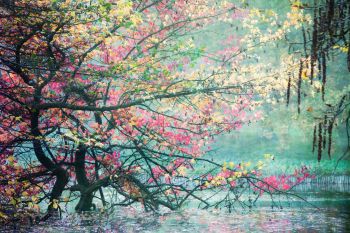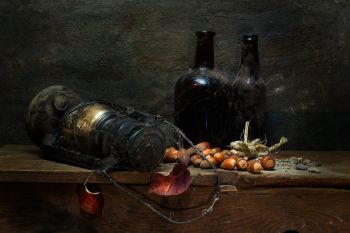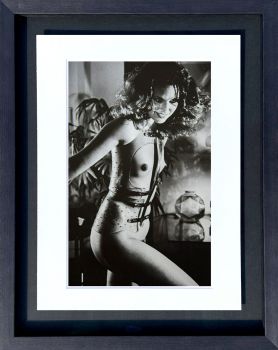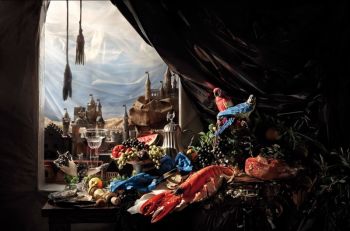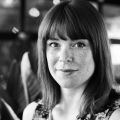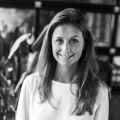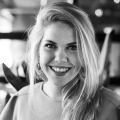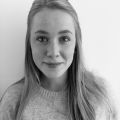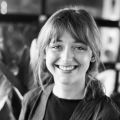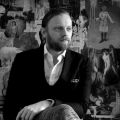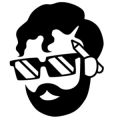Geert Kollau talking Oppression: an interview with a mixed-media photographer
Fine art photography has gained more ground among new but also more seasoned art collectors. One of the Netherlands’ most well known artists in that discipline is mixed-media artist Geert Kollau. His work is featured in many (inter)national galleries including Okker Art Gallery in Amsterdam.
You’re a mixed-media artist. With which discipline did you start?
Unlike many of my colleagues I never went to an academy for fine art, or rather I did; I attended the Academy of the Street. I am completely self-taught and started with drawing and painting. I only added photography to my palette once I moved back from Amsterdam to Brabant. Photography is the purest form of art. Many people will disagree with me but with painting for example, you’re working towards the moment. With photography you’re capturing that moment. You’re always busy trying to capture the story in exactly the right way at exactly the right moment.
You just mentioned that at a certain point you left Amsterdam and returned to Brabant. Was that a period in which you wanted to go back to your roots or…?
It was more of a mandatory move. I loved every minute of my time in Amsterdam but the city was hard on me. At some point I had to make a choice for the future and that choice was to return to Brabant. People in Holland always think that everything outside the Randstad is far away but it takes me 50 minutes to get to the centre of Amsterdam. When I lived in Amsterdam-East and worked near Sloterdijk it would sometimes take me just as long to get there. When I exhibited at SCOPE Miami Beach we drove for an hour and a half to go for dinner. Nobody there is surprised about that, here we often seem to think the country is bigger then it is.
This is what my new series Oppression is all about; People have a tendency to classify themselves in specific categories. I understand this offers a certain level of comfort, but you’re in fact restricting and limiting yourself. Get out of your comfort zone people, see and enjoy what’s out there!
Do you notice this restriction between the different regions the Netherlands or the country in general?
The Netherlands is quite focused on educational background whereas Germany and the US are, in fact, much more educated, no pun intended, in that respect. I had a difficult time finding representation in the Netherlands until I exhibited at SCOPE Miami in 2012. In the United States it’s much more about freedom, my freedom. You land at the airport with your portfolio and that’s it. But anyone has the opportunity to go from a chimneysweeper to a rock star. That’s really appealing.
Compare it with the Olympics. The media writes with disappointment about failed races and we’re all expecting tens of golden medals. But consider the fact how small the country is and what an extraordinary high level we’re competing. We’re in the top 10 of the medal board.
You’re also working under the name Geeert, not just Geert Kollau. Is that a way for yourself to broaden your horizon?
Well, it’s actually a bit of an odd story; I wanted to use my name for the website and it turned out there was some kind of tarot card reader who was using that name. And I was like, f*** that! So I just added an ‘e’ to my name and Geeert was born. And now I’m stuck with two identities, which, perhaps, does in fact broaden of my horizon. The work I create under Geeert is slightly more accessible; it’s fine art photography that speaks to its viewers. It tells a story in each work.
Geert Kollau is a bit more complicated; it’s art in a raw version. It’s an identity that I try to project onto my photography.
People working in the art industry often say that Photography is the first step to collecting.
I don’t agree of course. If you buy a photo by Andreas Gursky or Cindy Sherman and you’ve got nothing left to expand your collection with. In the Netherlands we want everything to be conceptual; first you need to read the book, than you can see the artwork and understand it. Which in turn, is something that I don’t understand. I want people to see my work, understand it, whether they like it or not and then decide if they want more information or explanation.
Photography is not about just shooting a pretty picture. For my new series I had a small booth custom-made. The booth had to move and have pivoting parts to be able to use the light in different ways. After that was done, it took two full weeks to prepare everything. During the shooting day I shot between 700 and 800 photos, of which I later had to make a selection. It takes a lot of time and effort. Somehow people think we still sleep with the models and drink all day. I can assure you I am happily married and don’t even have a single beer in my fridge!
You just mentioned your models. Where do you find them?
I want my models to be able to give me just that one expression I’m looking for. Instead of working with model agencies, I now find my models on the street and just ask them if they want to do a shoot for me. The guy in my artwork ‘Border’ is Ibrahim. I met him one day as I was walking through town.
For my latest series I worked with actual actors, which was really refreshing. Actors are able to sit down with you to understand almost instantly what I’m looking for.
People need to be able to be who they are. Today everything is about that ideal image of what beauty is. Let people be who they are, just the story, no ideal. I want to be like Rembrandt, show people what they look like, pure, not what they want to look like. Be happy with yourself. In my latest series I had a model, Lotte, who had a cold sore. She asked me if it was an issue? Of course not! She was pure, just how she was at that time. People are like that, no one is perfect. I want people to appreciate that purity.
So what do people need to look at when they consider buying fine art photography?
I wouldn’t know. First of all, look for what you like. It’s the single most important thing when buying art in any form. Secondly, in photography look at how it was produced. Photography on canvas for example, will not last very long. There are only a handful of people who can really produce photography in a sustainable way. But nowadays, if your photography isn’t produced correctly you won’t even get admitted to an art fair. Although on Art Basel I saw photography printed on polystyrene….



